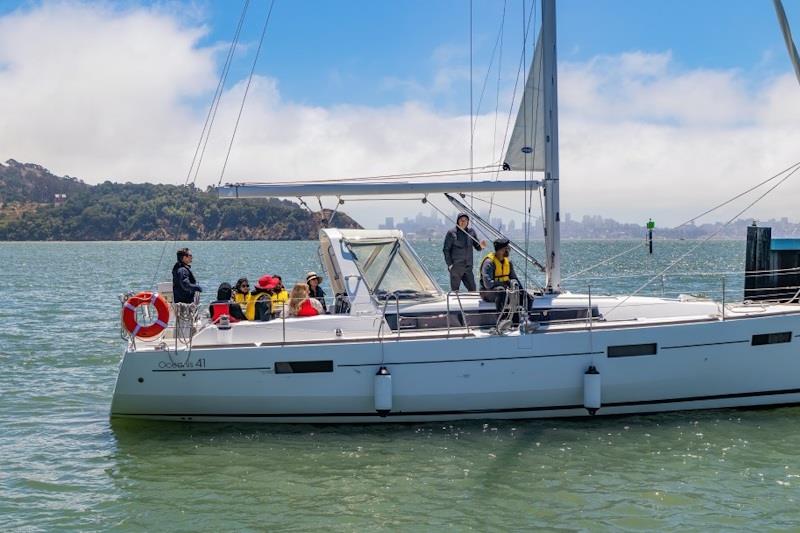
Defending your boat
by Dave Proctor 24 Aug 2023 17:00 BST

Defending your boat © Magnus Engo / Unsplash
In Spanish, a boat's fender is normally called 'una defensa', which may be a more appropriate name. 'A Defender'
They are used to defend your boat by acting like a bumper between you and either a mooring quay or another boat, thus protecting the paintwork, the hull and the gunwales of your vessel.
These objects are often overlooked, and most skippers will only ever notice the fenders when they are putting to sea, at a time when there are so many more important jobs to be done. They are often just chucked into a locker or compartment and forgotten about until you return to your dock.
Have a look around any marina, though, and you will see plenty of boats boasting filthy, dirty fenders, with associated damage to the paint, where they have smeared oil or scratched the hull.
The problem is, fenders pick up oil and debris, which is then massaged along the hull of the boat and the fenders actually end up causing damage to the paintwork of the hull where they are supposed to be protecting it.
It is therefore advisable to keep the fenders that you have, clean and free from any debris, and even better, if you can cover them with a 'sock', which again should be kept clean to prevent such damage.
Indeed, a professional boat polisher from Protech Boats who I spoke to, recommended that fenders should be replaced regularly to avoid such problems.
How to choose the right fenders?
It is also essential to have the right fenders for the job. Mooring side on, where there are finger pontoons, or if you have a tender coming alongside, you should consider flat fenders, such as the Outils Oceans flat fender range, which will allow you to moor up close to the walkway or allow a tender to moor alongside safely.
If you are mooring bow in, then a shaped front fender is required to prevent your boat from hitting the hard surfaces of the dock, and if you are mooring stern in, it is essential that the fender protects items like outboard motors, bathing platforms or ladders that are attached to the transom.
You also need to consider the 'opposition'. In my marina there is a 'have-a-go' wet-bike hire business, so during the summer months, there is a lot of traffic of inexperienced riders coming close to my boat. As a result, I have gone for longer fenders.
If you plan to use 'regular' fenders, you should also consider their shape and what they are made of, so as to ensure their durability and function.
Polyform Fenders and buoys are high-quality heavy duty solid units made by high-pressure injection moulding that ensures the highest breaking strength.
The fenders are tested for strength and flexibility in temperatures ranging from -30C to +50C and feature high abrasive resistance and high energy absorption.
Of course, as these fenders are of a solid fabrication, they will not need re-inflation nor will they deflate, but of course, this also means that they have to be stored 'as is' even on extended voyages.
'Fendress Inflatable' fenders are secured using stainless steel rings. Kevlar® reinforced straps and a high tensile strength (up to 3.5 tons), guaranteeing optimum safety for your boat in all circumstances. The lightness allows for easy manoeuvrability, saving time and effort. Easy and quick to inflate and deflate via their standard valve, the storage volume can be considerably reduced during your sea trips.
If you are planning to use fender covers, there are two main types, acrylic and neoprene. Acrylic fender covers are easy to put on and remove from the fender for washing and given the stretch properties of the material can be used on any marque of fender of a similar size.
Neoprene fender covers are made from waterproof material, as used in wetsuits, and though probably stronger and longer lasting, they are purposely made for the company's own fenders.
Also, please remember to tie your fenders securely and stow them properly whilst at sea. It is always remarkable the number of fenders we see bobbing along in the sea.
To see the extensive range of fenders, fender covers and indeed fender lines available from Upffront, please go to:

If you have any questions regarding this article or want expert, impartial advice on any aspect of your boat's equipment, please feel free to contact Upffront by email, at: or by telephone at +49 431 2202140 or through the contact form.